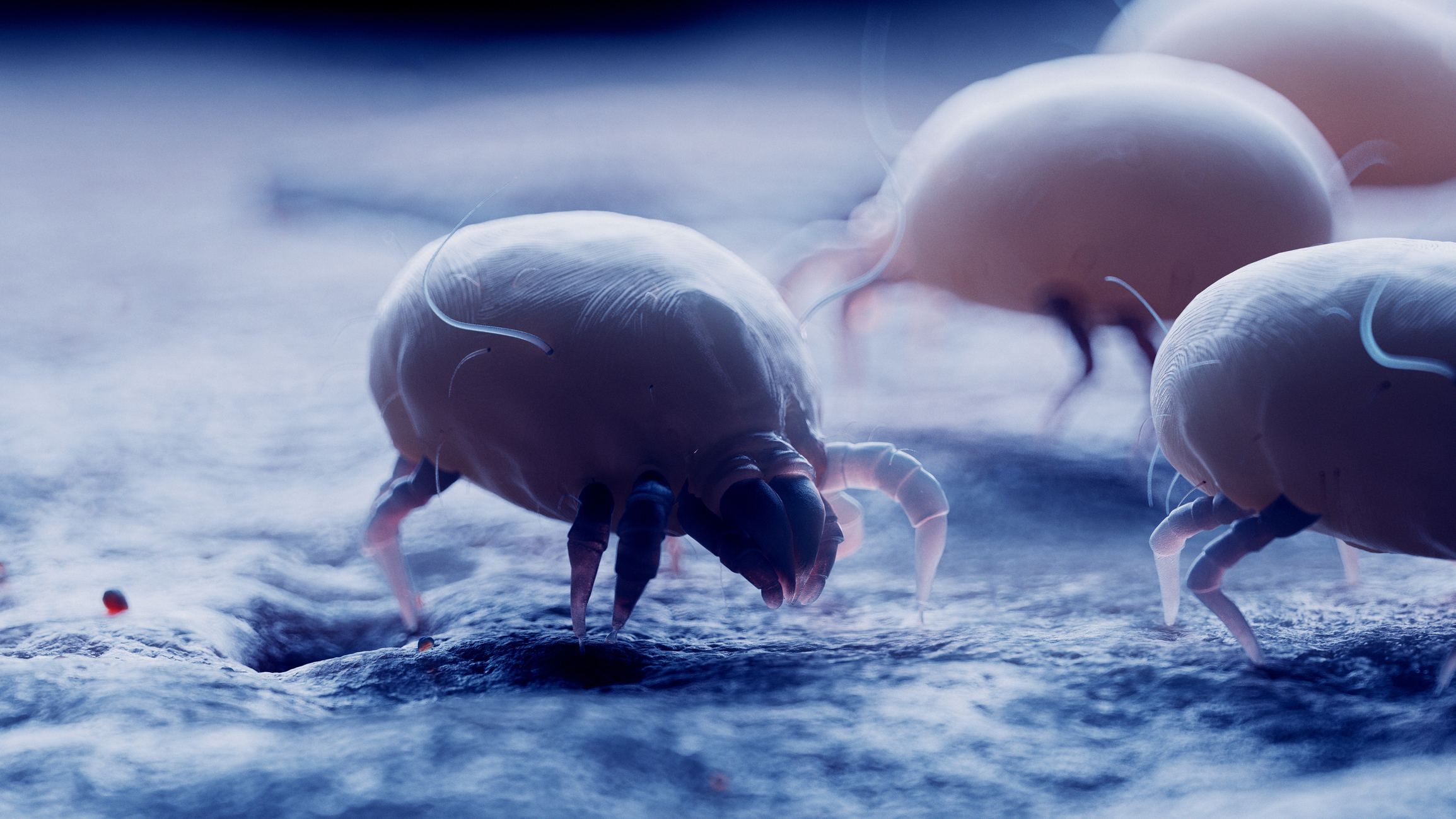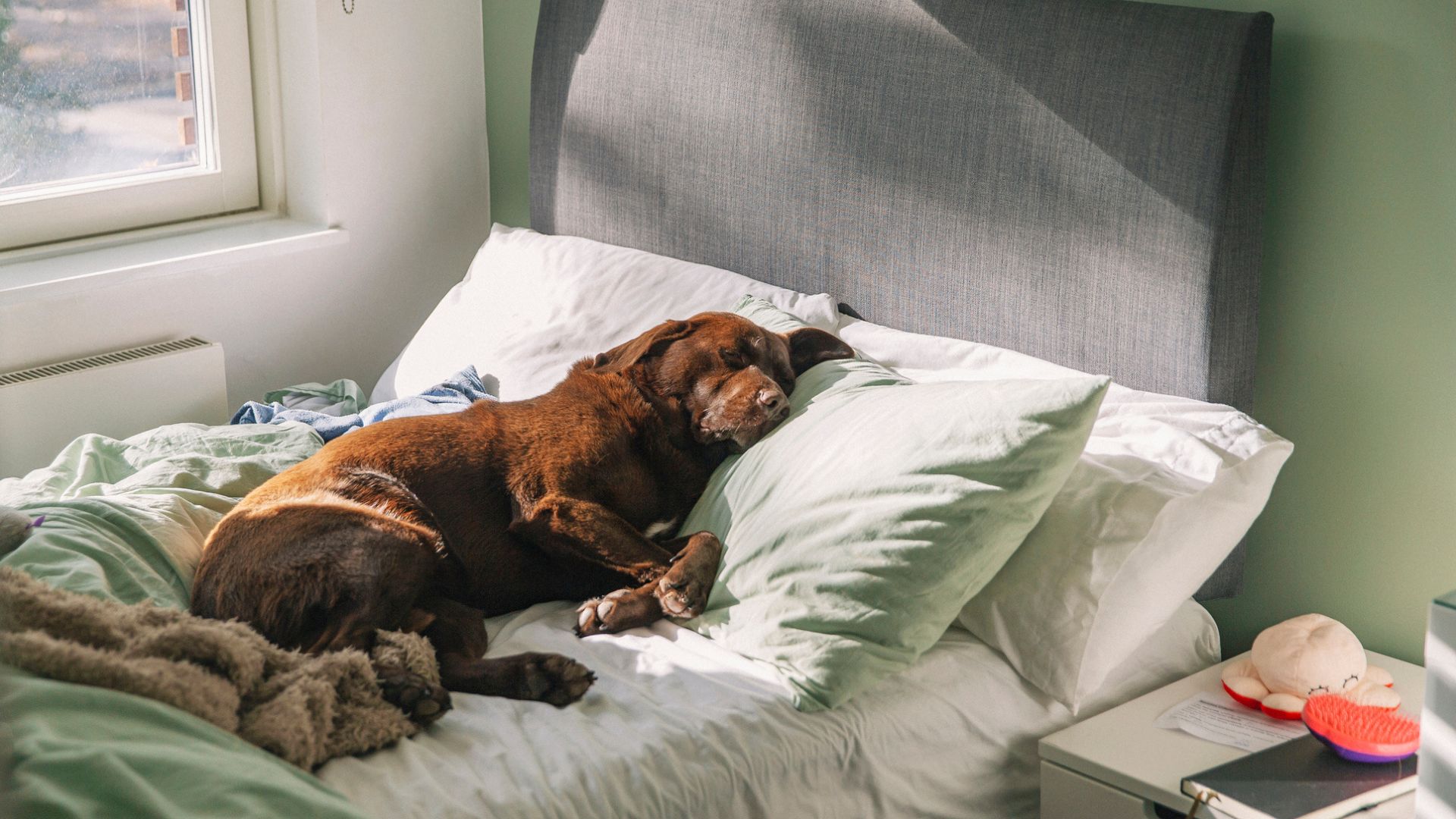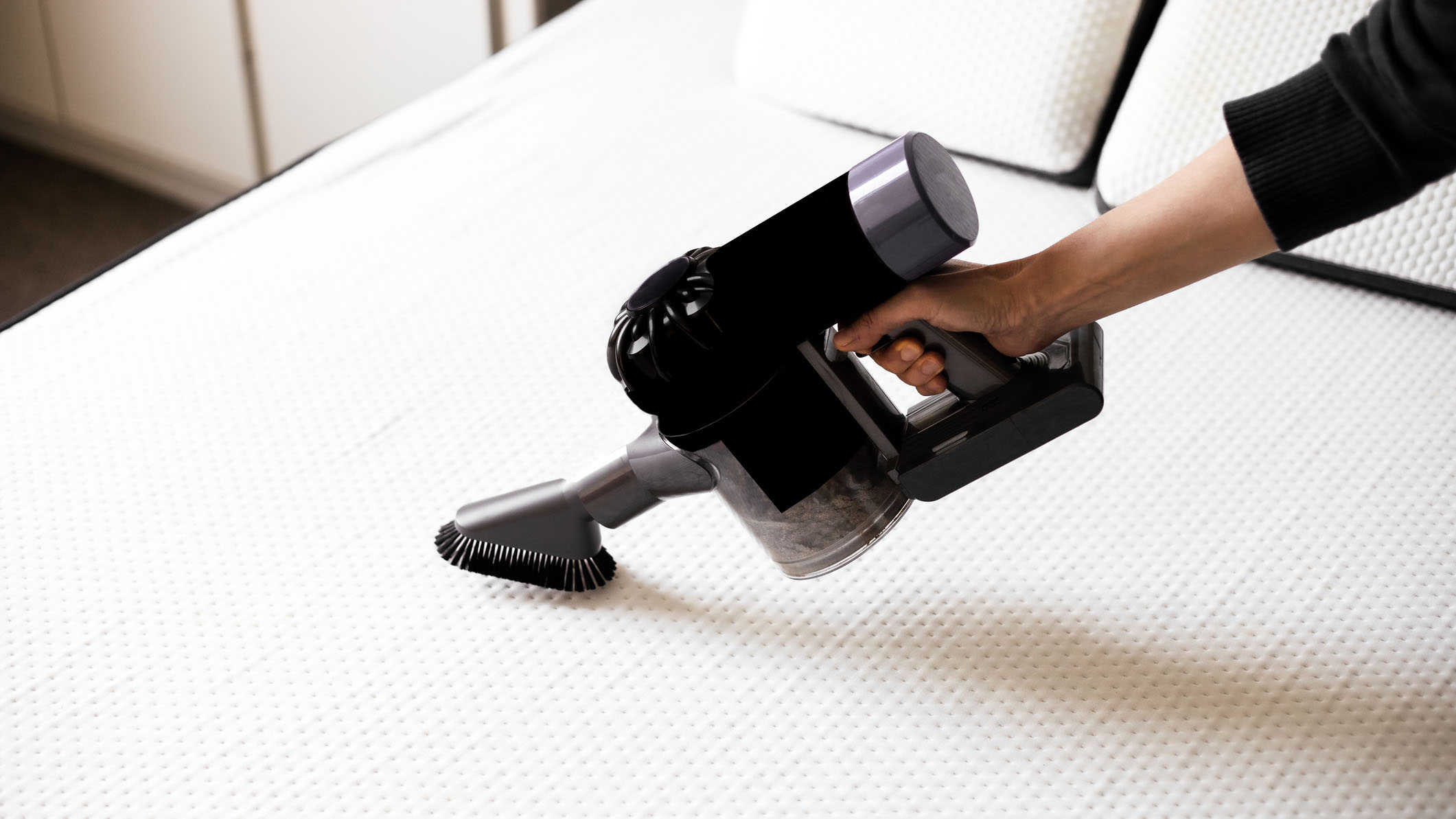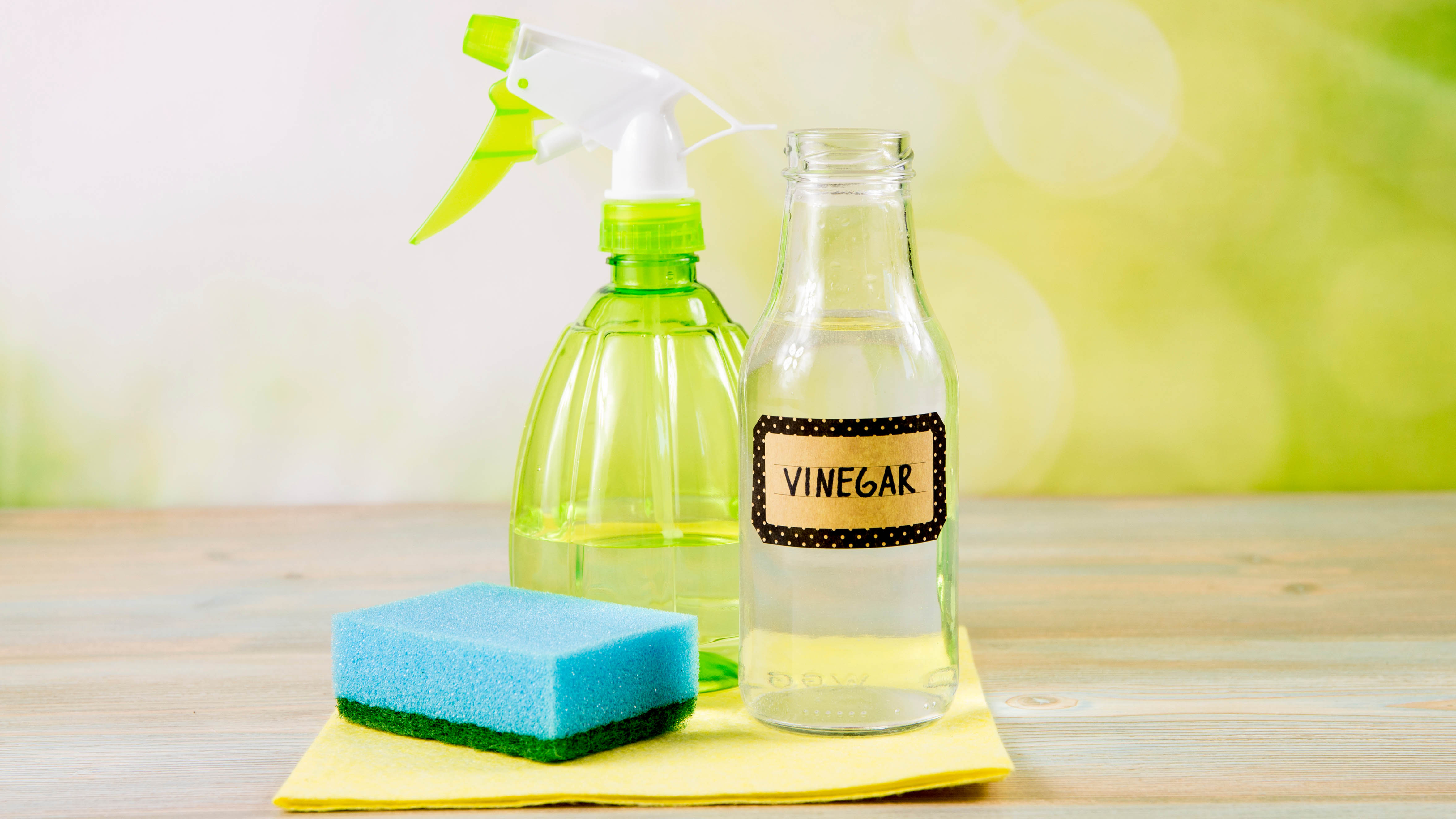5 reasons why your mattress and pillows smell, plus how to deodorize them
Here’s why your mattress and pillows smell, plus how to fix it

If you’ve ever wondered how to get a smell out of a mattress or your pillows, then you're certainly not alone. Below, we'll explore the common culprits behind why your mattress and pillows might have developed an unpleasant pong, plus our top tips on how to deodorize them.
If you later decide that your mattress is beyond saving and you you're looking for a new one, our guide to the best mattress for your body type and sleep needs contains options for all budgets. Plus, October's Amazon Prime Day mattress deals have landed, with huge savings across some of our favorite beds and pillows.
However, if you're looking to salvage the mattress and pillows you already have
— we're here to help. Whether you’re dealing with a new mattress or pillow odor or trying to freshen up an older one, we’ve got you covered. We’ve put together five reasons why your pillow and mattress smell and show you how to deodorize your mattress and pillows fast.
5 reasons your mattress and pillows smell
Over time mattresses and pillows can start to smell. This is totally normal and happens to all of us, but once you've started to notice a smell, it's time to take action as smells can negatively affect the quality of your sleep. Here are just some reasons why your mattress or pillows may smell a little funky.
1. Accumulation of body oils or sweat
The average adult releases between 500 and 700ml of sweat during sleep. Which means even if you’re changing your sheets on a regular basis this sweat alongside sebum and saliva can eventually seep into the mattress or pillows. This accumulation creates an ideal environment for bacteria growth which is what leads to sour or musty odors.
This problem is also exacerbated during the warmer months or if you experience night sweats. You can help protect your mattress by investing in one of the best mattress protectors, which will create a barrier between you and the surface of your mattress and make it easier to clean.
2. Dust mite infestation

As if sweating and releasing body oils isn’t enough for your mattress to deal with, we also shed dead skin cells every night whilst we sleep. If you don't clean your mattress on a regular basis then that can mean your mattress or pillows can fall foul to a dust mite infestation.
Dust mites thrive in warm, humid environments like mattresses and pillows and feast on the dead skin cells that we shed. One sign that you have dust mites in your bed is a musty odor which is caused by the allergens and waste products produced by dust mites.
3. Mold or mildew
High humidity, accidental spills or accidents can lead excess moisture within your mattress. If left or not dried out properly, you'll find that mold and mildew will start to grow within your mattress or pillows. It’s really important to spot mattress mold and deal with it quickly, as left untreated it won’t just mean you’ll have to replace your mattress or pillows but it could also leave you feeling unwell. If your mattress or pillow has mold growth you’ll notice a distinct musty, damp or earthy odor.
4. Pet dander

If you allow your pets to sleep on your bed then you could find that funky odors will follow. There are a few ways that pets can contribute to a smelly mattress or pillow, including pet dander which accumulates over time and traps odors. Add in any accidents your pets may have, then this can lead to strong smells that go deep in to the mattress fibers.
Sign up to get the BEST of Tom's Guide direct to your inbox.
Get instant access to breaking news, the hottest reviews, great deals and helpful tips.
5. Spills and accidents
Eating or drinking in bed may seem harmless but spills or crumbs can lead to long-lasting odors that seep deep into the mattress and create a breeding ground for bacteria and mold. Also, accidents happen and knowing how to remove mattress stains including from urine is a must, especially if you have children and pets sharing your bed. Urine doesn’t just cause bad smells but it’s also one of the main causes of yellow stains on your mattress and pillows.
- Read more: This 30-second test will tell you if your pillow needs replacing
- Read more: How to make your pillows last longer— 7 tips that actually work
How to deodorize your mattress in 3 steps
Unpleasant smells accumulating on your mattress and pillows are common and the good news there are a few simple steps to help combat them. Here’s a step-by-step guide to deodorizing your mattress and pillows for a more hygienic sleep surface.
Step 1. Strip your bed and vacuum

The first thing you will need to do once you start noticing any kind of smell is to remove all your bedding and vacuum the surface of your mattress. Using the upholstery attachment on your vacuum get right in to the seams and crevices. This step will remove any loose dirt, debris and dust that may be on your mattress. Don’t forget to vacuum the sides too.
Step 2. Use baking soda to deodorize your mattress
Once you’ve vacuumed your mattress, sprinkle a generous amount of baking soda over the surface. A good tip is to use a flour sifter for this job as it ensures you get an even coating. You could also add a few drops of essential oils if you’d like for a scent to be left behind. A combination of oils like lavender for a relaxing, calming night's sleep and lemon for freshness are always a good choice.
Step 3. Leave to air and then vacuum again
Leave the baking soda sitting on the surface for at least four hours, but try to leave it longer as the longer you can leave it the better the results. After it’s had time to rest and air out, vacuum up the powder and leave to air for a further hour before returning your bed sheets. If you do use any kind of liquid to try and remove any smells or stains then always ensure your mattress is fully dry before you add your sheets to avoid the growth or mold and mildew.
How to deodorize your pillows in 3 steps
Pillows can easily gather stains and smells. It’s easy to remove these but if your pillow is old or starting to feel uneven or lumpy if could be time for a new one so check out our guide to the best pillow where we’ve rounded up pillows for all sleeping styles and budgets. But in the meantime, here’s how to deodorize your pillows in three easy steps.
Step 1. Check the care labels and prepare for wash
If your pillow is starting to smell a little off then the good news is that most pillows can be washed. What type of pillow you have depends on how you wash it for example feather and down pillows are fine for the washing machine while for memory foam, machine washing is a no-go. The first thing to do is check the care labels, also check around the seams of your pillow to ensure there are no rips or tears as you don't want to risk losing all your filling.
Step 2. Add a cup of white vinegar

If your pillows can be machine washed then add a cup of white vinegar in to the load alongside a small amount of laundry detergent. This will help to deodorize any nasty smells and works well with stains too. Also, load your washing machine evenly by adding two pillows at a time, for more tips on how to wash a pillow check out our guide. If you're washing a foam pillow then spot clean with a mixture of mild detergent and water.
Step 3. Dry thoroughly
Pillows are not the easiest thing to dry. Check the care label as you may be able to dry them on a low heat in your tumble drier. You can also add in a tennis ball whilst its on the drying cycle to stop the filling from clumping together. If you are air drying your pillows then it's a good idea to try and dry them in direct sunlight if possible. The sun's UV rays help eliminate odors and kill bacteria.
Do turn your pillows regularly during the drying process to keep the air flowing through the filling and ensure even drying. Do not ever use your pillow whilst it's wet or damp, this will encourage mold growth which could be bad for your health and mean you'll need to buy new pillows sooner rather than later.

Rachael is a freelance journalist based in South Wales who writes about lifestyle, travel, home and technology. She also reviews a variety of products for various publications including Tom’s Guide, CreativeBloq, IdealHome and Woman&Home. When she’s not writing and reviewing products she can be found walking her Sealyham and West Highland terrier dogs or catching up on some cringe-worthy reality tv.
